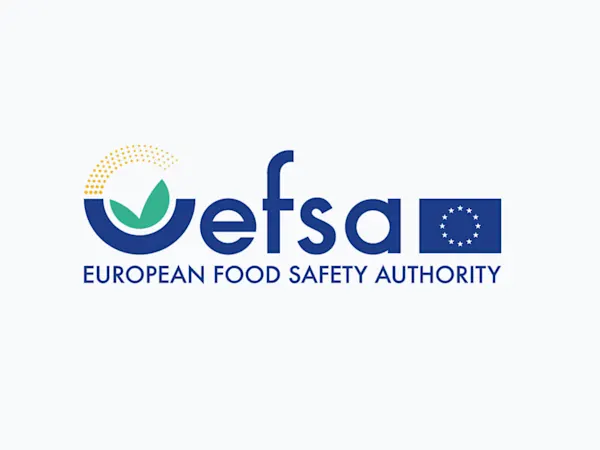
EU Ministers Press Commission on Delayed REACH Revision Amid Industry and Environmental Demands
EU Member States urge the Commission to accelerate the REACH revision, citing urgent health, environmental, and industry competitiveness needs.


The EU has made significant progress in its sector-specific evaluation of PFAS restrictions, targeting the environmental and health risks posed by these persistent chemicals. The regulatory initiative has unveiled new PFAS applications, updated considerations for fluoropolymers, and potential alternatives to outright bans, with a clear roadmap extending into 2025.
The evaluation under REACH employs a sector-based approach, focusing on over 10,000 PFAS-related substances used across 14 industries. Provisional conclusions have been reached for five key sectors: consumer mixtures, cosmetics, ski wax, metal plating, and petroleum. This method ensures tailored solutions for each sector's unique risks and practical challenges, with the final consolidated opinions expected after all sectors are reviewed.
The 2023 public consultation, which garnered over 5,600 responses, brought to light additional PFAS applications. Newly identified uses include:
This feedback is refining the regulatory dossier and integrating overlooked applications into sector-specific assessments.
Fluoropolymers, a critical group of PFAS with widespread industrial interest, are under special focus due to their durability and limited alternatives. Consultation inputs highlighted potential measures to minimise emissions, including technical controls during production and disposal. These considerations may inform conditional restrictions rather than outright bans.
Beyond the initial proposals of a complete ban or a ban with temporary derogations, the EU is examining alternative restriction options. These could include conditional use allowances or phased restrictions, particularly for sectors such as batteries, fuel cells, medical devices, and semiconductors, where technical alternatives are still emerging.
Looking ahead, agencies plan to publish sector specific opinions in 2025, followed by a public consultation on socio-economic aspects. The process will culminate in a consolidated recommendation for the European Commission, ensuring transparent and evidence-based decision-making with input from EU member states.
Foresight continuously tracks 1000s of sources and maps updates to your portfolio:




EU Member States urge the Commission to accelerate the REACH revision, citing urgent health, environmental, and industry competitiveness needs.

The EU has classified DBDPE as a substance of very high concern (SVHC) due to vPvB properties, affecting manufacturers and downstream users of flame retardants.

EFSA launches consultation on updating its Weight of Evidence and Biological Relevance guidance, aiming to streamline chemical risk assessment practices.
Subscribe to Foresight Weekly and get the latest insights on regulatory changes affecting chemical compliance.
Free forever. Unsubscribe anytime.
Read by professionals at